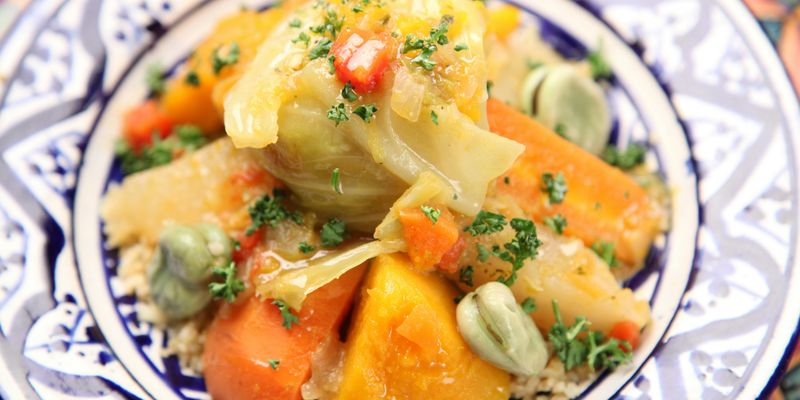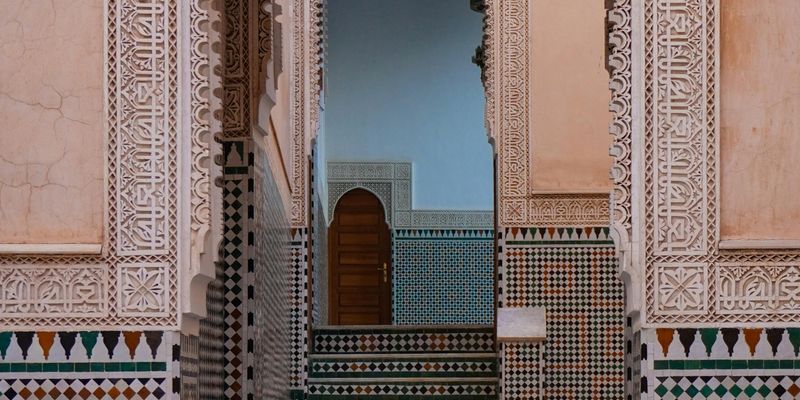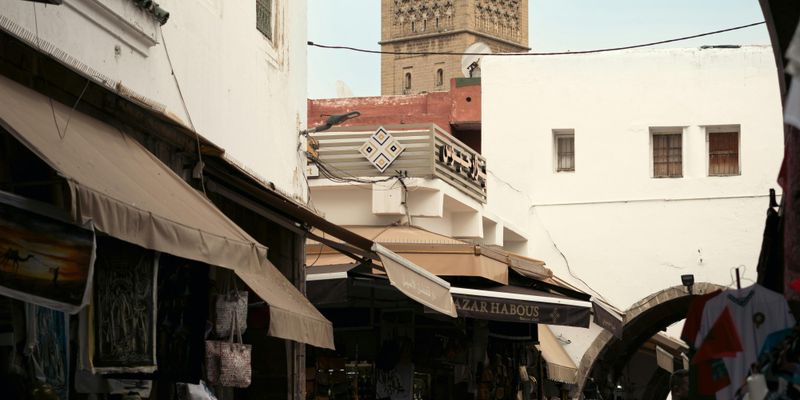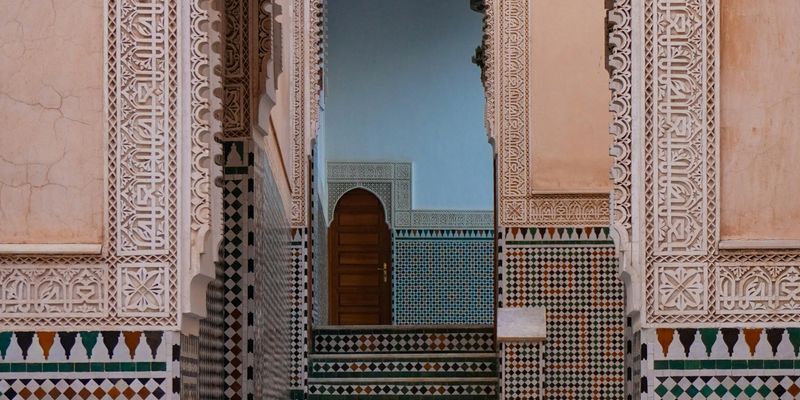
Introduction
Welcome to Morocco, a land where every bite tells a story and every spice whispers secrets of centuries-old traditions. The culinary landscape here is as diverse as its breathtaking landscapes, influenced by Berber, Arab, and Mediterranean cultures. Join me on a culinary journey through the flavors and spices that make Moroccan cuisine an unforgettable experience.
The Heart of Moroccan Cuisine: Spices
When you think of Moroccan cuisine, spices are surely at the forefront. The use of spices is not just a cooking method; it’s a way of life. In every market, or souk (سوق), the intoxicating aroma of saffron, cumin, cinnamon, and ras el hanout (راسل حانوت) fills the air, drawing you into a vibrant world of flavors.
Ras el hanout, meaning "head of the shop," is a spice blend that varies by vendor, often containing up to 30 different spices, often including cardamom, dried ginger, and coriander. Each family and shop has its own secret blend, making it a delightful adventure to sample various versions.
Culinary Icons: Couscous and Tagine
No culinary journey in Morocco would be complete without mentioning two of the most iconic dishes: couscous and tagine. Couscous, often served on Fridays after prayer, is small, steamed granules of durum wheat that are fluffy and deliciously paired with vegetables, lamb, or chicken.
On the other hand, a tagine (طاجين) is not just a dish but a cooking vessel made from clay, allowing slow and aromatic cooking. The dish is typically a slow-cooked stew, combining meat (often chicken, lamb, or fish) with an array of vegetables and, of course, spices. The long cooking time allows the flavors to meld beautifully, resulting in meals that will leave your taste buds dancing.
Street Food Adventures
For those seeking an authentic experience, street food is an adventurous culinary playground. The bustling streets of Marrakech, for instance, are lined with food stalls where you can try marrakech cumin potatoes or brochettes (grilled skewered meat), accompanied by a refreshing glass of mint tea. Known as atay (اتاي), this drink is an essential part of Moroccan hospitality, representing warmth and welcome.
Other staples include harira (حساء), a hearty soup served during Ramadan, made with lentils, chickpeas, and flavorful herbs, and pastilla (بسطيلة), a savory-sweet pie layered with pigeon or chicken, nuts, and dusted with powdered sugar and cinnamon that exemplifies the inventive and contrasting flavors of Moroccan cooking.
A Flavor for Every Occasion
Moroccan meals are often shared among family and friends, highlighting the culture’s emphasis on community and togetherness. Special occasions such as weddings and the Id al-Fitr festival feature lavish feasts, showcasing an array of dishes that represent the rich culinary heritage of the country. Sharing food is a gesture of love and friendship, making each meal a lively celebration.
Conclusion: Embrace the Flavor
Through its spices, traditional dishes, and street food, Morocco offers a culinary experience that goes beyond taste; it is a delightful journey into the heart and soul of its people. As you explore this beautiful country, let the flavors guide you, and immerse yourself in the rich tapestry of Moroccan culture. From cozy family meals to the vibrant bustle of the market stalls, let Morocco’s culinary delights create beautiful memories that linger long after your visit.







